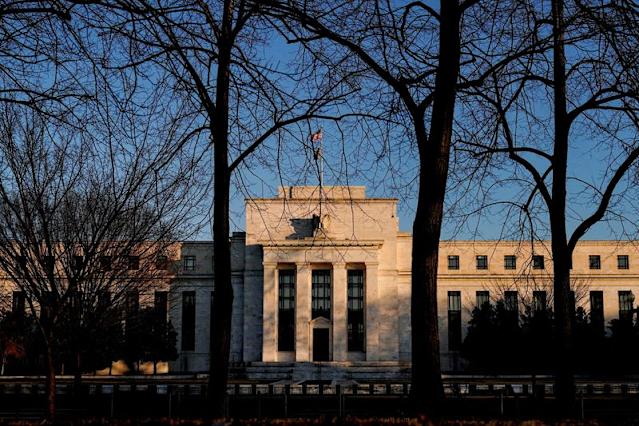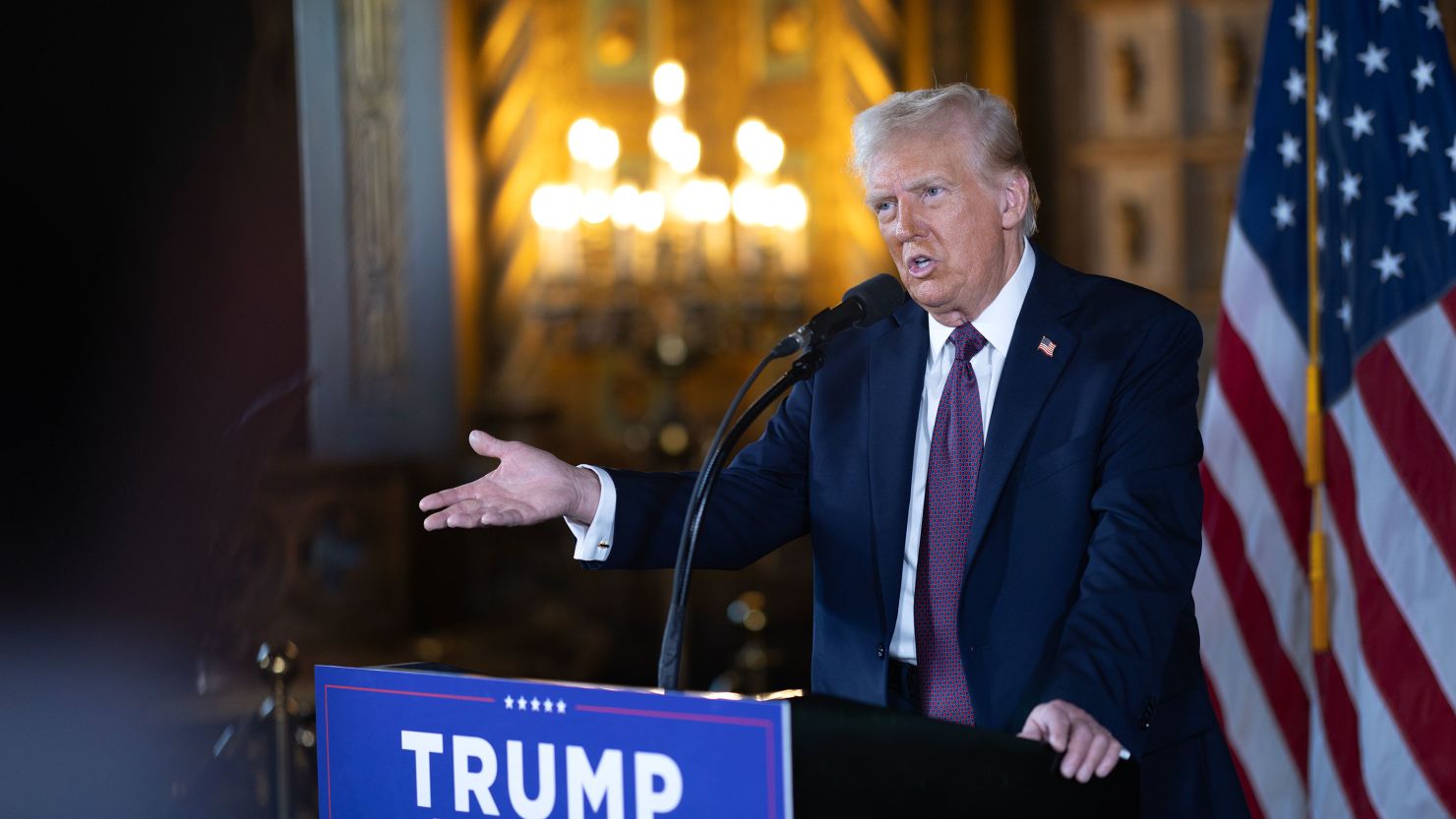Despite growing calls for monetary easing, the U.S. Federal Reserve sees no urgency to cut interest rates—and for good reason. Recent economic data shows that the job market remains resilient, even in the face of higher borrowing costs and lingering inflation concerns.
The latest employment report from the U.S. Labor Department revealed that 175,000 jobs were added in April, slightly exceeding market expectations. Though the unemployment rate edged up to 3.9%, wage growth stayed modest, painting a picture of a labor market that is slowing—but far from collapsing.
Fed Stays Patient Amid Balanced Signals
Given this backdrop, the Federal Reserve is taking a wait-and-see approach. Fed Chair Jerome Powell and other policymakers have emphasized that while they are closely watching for signs of economic cooling, they need more convincing evidence that inflation is heading sustainably toward the 2% target before adjusting rates.
In other words, the central bank isn’t ignoring market pressures—it’s simply exercising caution. As Powell noted in a recent press conference, “We’re prepared to maintain current rates for as long as needed until inflation shows clear signs of decline.”
This measured stance suggests the Fed is not rushing to cut, especially when job creation remains solid.
Inflation Still a Key Concern
Even though inflation has cooled from its 2022 highs, recent months have shown sticky price pressures, particularly in housing, services, and energy. The Fed’s preferred inflation gauge—the core Personal Consumption Expenditures (PCE) index—has remained elevated, complicating the path to rate reductions.
Therefore, until inflation data shows consistent, downward momentum, the Fed is likely to hold steady. The robust job market, combined with persistent inflation, gives the central bank little justification to loosen policy prematurely.
Markets Adjust Expectations
Investors had hoped for rate cuts by mid-2025, but the strong labor data has caused a shift in sentiment. Fed futures markets are now pricing in fewer rate cuts this year, and at a slower pace than previously anticipated.
While this may disappoint some market participants, it also reflects confidence in the underlying strength of the U.S. economy. Businesses continue to hire, and consumer spending remains healthy—both signs that current interest rates are not significantly stifling growth.
Conclusion: Caution Is the Fed’s Current Policy
In conclusion, the Federal Reserve has no urgent reason to cut interest rates, thanks to a labor market that remains steady and inflation that is still above target. The central bank is balancing multiple economic signals and has chosen patience over risk.



